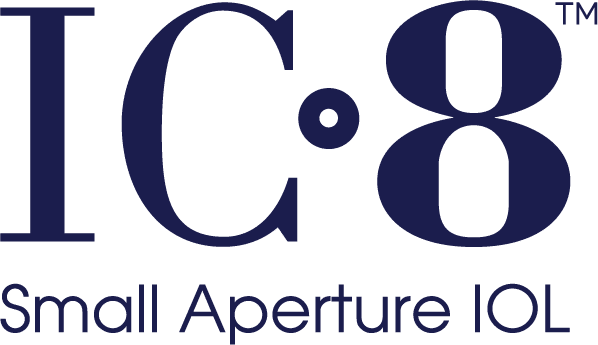Have you even woken up in the middle of the night, glanced at the clock and then found yourself squinting to be able to read the numbers? What is going on? Why does squinting help you to see clearer? A slight increase in visual clarity when squinting is real and it’s due to a principle known as the “pinhole effect.”
What exactly is the pinhole effect?
To answer the question, let’s start with understanding how our vision works. When light rays enter the eye, the lens of the eye focuses them onto the retina, located in the back of the eye, helping us see clearly. If we had no lens, the light would enter the eye in many places and the unfocused light would result in blurry images. The muscles in the eye change the shape of the lens to focus light at different distances so that we can see up close and far away. For many people, glasses and contact lenses aid in bending the light rays into focus.
If light passes through a tiny hole, or pinhole, all the unfocused rays of light are blocked leaving the focused light to reach the retina undisturbed. The focused light rays help bring images and objects into clear focus. This is the pinhole effect.
Why can I see clearly when I squint?
When we squint, we mimic the effect of looking through a tiny pinhole. We are only allowing a small amount of focused light rays into the eye and preventing the unfocused rays from reaching the retina. Try it. Make a tiny hole with your thumb and forefinger and look through it without glasses. You will find that you can see more clearly. This is the pinhole effect in action and this is why you can see more clearly when you squint.
What else uses the pinhole effect?
If you are a photographer, you probably understand the pinhole effect in different terms like “depth of field.” A photographic lens aperture is used to adjust the amount of light reaching the image sensor. Like a pinhole, the smaller the aperture, the clearer the range of focus.
What does this have to do with cataracts?
If you’ve been considering cataract surgery, which entails removing a clouded natural lens of the eye and replacing it with a clear artificial lens known as an intraocular lens or IOL, you may already know that there are several different options for replacement lenses. Some IOLs can correct vision at only one distance, some are designed for those with astigmatism, and some correct vision at more than one distance, but often with unwelcome side effects such as glare or halos around lights. A newer technology known as an extended depth of focus (EDOF) IOL has recently emerged that is designed to provide a full range of vision from near to far. One such EDOF, the IC-8 lens, achieves this goal by using – you guessed it – the pinhole effect.
What is the IC-8 lens?
The IC-8 lens is a small aperture lens that focuses light rays into a sharp image on the retina, helping to bring objects into clear focus from near to far. This lens (or IOL) uses an advanced pinhole mini-ring design allowing only focused light to reach the retina.
The IC-8 lens is ideal for individuals who want clear range of vision from near to far so that they can read an SMS, watch television and drive without having to rely on glasses.
Take a look at this short video to learn more about cataracts and the IC-8 lens.
Find a qualified IC-8 lens doctor in your area.



